Equipping a flatbed trailer effectively allows for versatility in transporting various cargo types. This guide delves into the elements vital for maximizing the utility and efficiency of your flatbed trailer, ensuring it meets safety standards while enhancing operational performance.
Understanding Flatbed Trailers
Flatbed trailers are an invaluable asset in various industries, ranging from construction to logistics. These trailers are defined by their open, flat platform with no fixed sides or roof, making them ideal for transporting oversized materials, machinery, and equipment.
Key Features of Flatbed Trailers
| Feature | Description |
|---|---|
| Design | Open platform without sides/roof |
| Materials | Typically made of steel, aluminum, or wood |
| Capacity | Varies by model and can handle significant weight |
| Versatility | Suitable for numerous types of cargo |
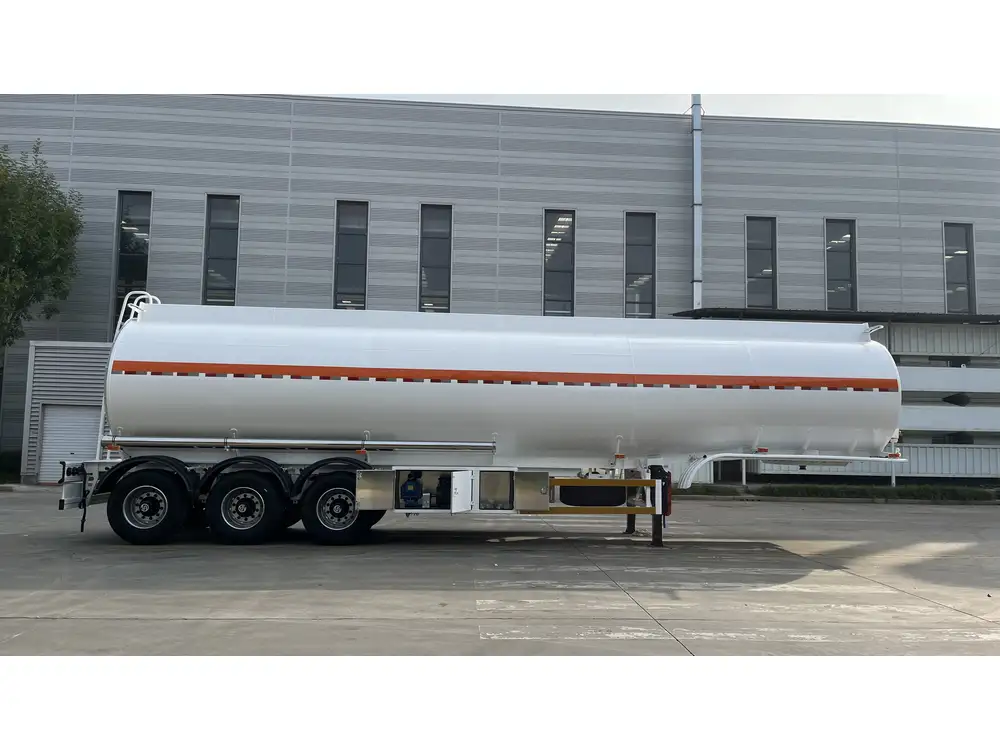
Selecting the Right Accessories
Choosing the appropriate accessories is crucial to equipping your flatbed trailer effectively. The following components are essential to consider:
1. Securing Load Belts and Straps
Properly securing cargo is non-negotiable for safety and compliance. When selecting load straps, consider:
- Material: Polyester and nylon are durable and resistant to weather.
- Weight Capacity: Assess the weight your trailer can handle and choose straps accordingly.
- Ratchet Straps vs. Cam Buckle Straps: Ratchet straps offer tightness, while cam buckle straps are quicker to adjust.
2. Side Rails and Extensions
Side rails enhance safety by preventing cargo from slipping off. Here’s a breakdown:
| Type | Advantages | Disadvantages |
|---|---|---|
| Fixed Side Rails | Permanent support | Limited flexibility |
| Removable Side Rails | Adaptable for different loads | Requires additional storage |

3. Ramps
Ramps are essential for loading and unloading heavy equipment. When selecting ramps, look for:
- Capacity: Ensure the ramp can support the weight of the equipment.
- Material: Aluminum ramps are lightweight, while steel ramps offer durability.
- Length and Width: Longer ramps ease the loading angle, whereas wider ramps provide stability.
4. Toolbox Options
Having a toolbox on your flatbed trailer ensures tools are easily accessible. Consider these tips:
- Material: Choose weather-resistant materials like aluminum.
- Size: Pick a size that fits your toolset without overcrowding the flatbed.
- Mounting Style: Decide between side-mounted and under-bed toolboxes based on available space.
5. Safety Equipment
Installing safety equipment is vital for compliance and protection:
- Reflective Tape: Enhances visibility during low-light conditions.
- Safety Cones: Useful for road-side breakdowns.
- Fire Extinguisher: A must-have for any trailer transporting flammable materials.
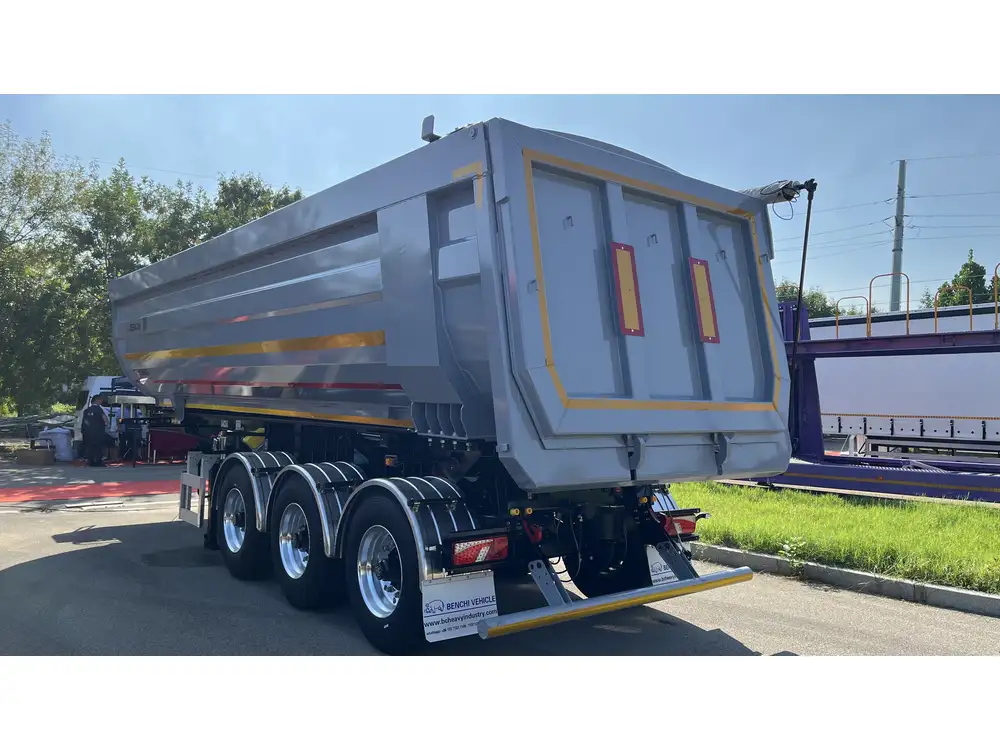
Effective Weight Distribution
Proper weight distribution prevents unnecessary wear on your trailer and enhances towing safety. Here’s how to achieve it:
1. Load Distribution Principles
- Center of Gravity: Keep heavy items low and centered. This practice ensures better balance and prevents swaying while driving.
- Front to Rear Balance: Load heavier items towards the front of the trailer for stability.
2. Load Limits
Understanding load limits is vital. Exceeding your flatbed trailer’s rated capacity can lead to mechanical failure and accidents.
| Trailer Type | Maximum Load Capacity |
|---|---|
| 20 ft Flatbed | 10,000 lbs |
| 24 ft Flatbed | 12,000 lbs |

Common Loading Techniques
Mastering loading techniques ensures safety incidents are minimized:
1. Forklift Loading
Using a forklift streamlines loading heavy materials:
- Approach the trailer slowly.
- Ensure proper alignment with the trailer edges.
- Load the cargo evenly.
2. Manual Loading
For smaller, lighter items, manual loading is effective:
- Use hand trucks or dollies for heavier boxes.
- Maintain a clearance zone to prevent injuries.

3. Using Cranes for Heavy Equipment
When transporting heavy machinery, employing a crane is the safest option. Ensure that you:
- Position the crane accurately to prevent swing.
- Use appropriate rigging to secure loads during lifting.
Maintenance and Safety Checks
Routine maintenance maximizes the lifespan of your flatbed trailer. Follow these guidelines:
1. Regular Inspections
Conduct inspections regularly, focusing on:
- Tires: Check for tread wear and proper inflation.
- Brakes: Ensure functionality and response time.
- Lights: Verify all lights work, including brake lights and turn signals.
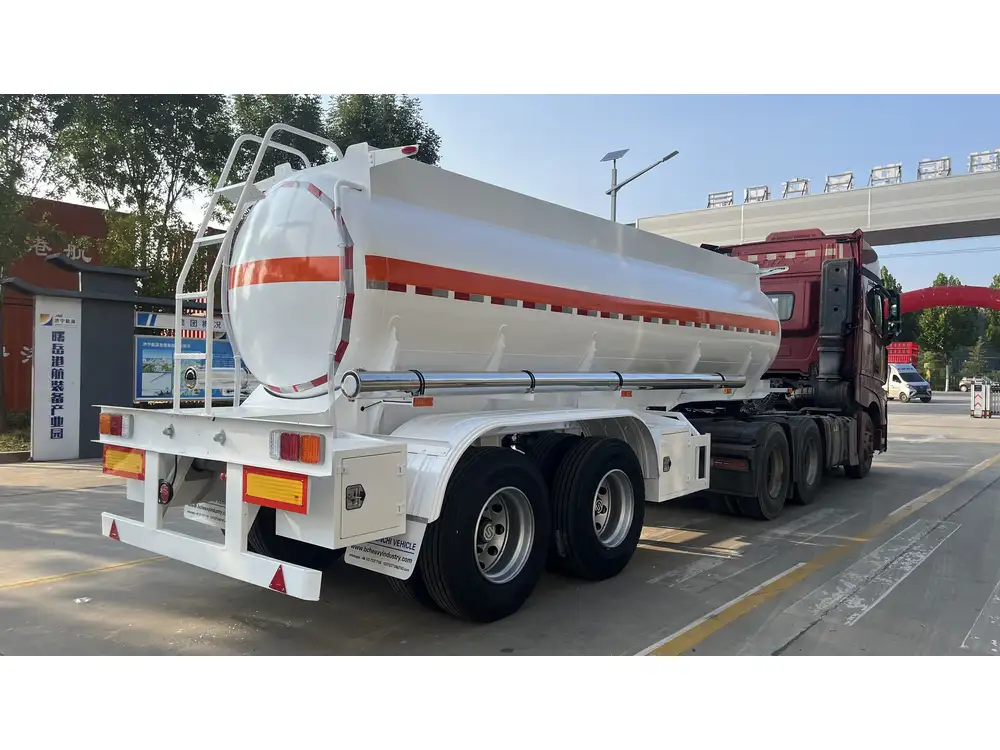
2. Cleaning and Preservation
Keeping your flatbed trailer clean helps prevent rust and damage. Use these methods:
- Wash Regularly: Remove dirt and debris after trips.
- Apply Wax: A layer of wax protects the surface from elements.
3. Lubrication
Regularly lubricate moving parts to minimize wear and tear. High-friction areas include:
- Hinges: Ensure they operate smoothly.
- Axles: Grease fittings must be checked periodically.
Legal Compliance and Regulations
Understanding and adhering to regulations is critical for flatbed trailer owners.

1. DOT Regulations
The Department of Transportation (DOT) issues guidelines for trailer operations. Key points include:
- Weight Limits: Adhering to federal and state weight limits.
- Licensing: Ensuring the vehicle and trailer are registered properly.
2. Cargo Securement Standards
The Federal Motor Carrier Safety Administration (FMCSA) dictates cargo securement. Key principles:
- Securing Equipment: All equipment should be secured to prevent movement.
- Inspection: Perform inspections periodically, especially before long hauls.
3. State-Specific Regulations
Research regulations specific to your operating state, such as permits for oversized loads or additional safety equipment.
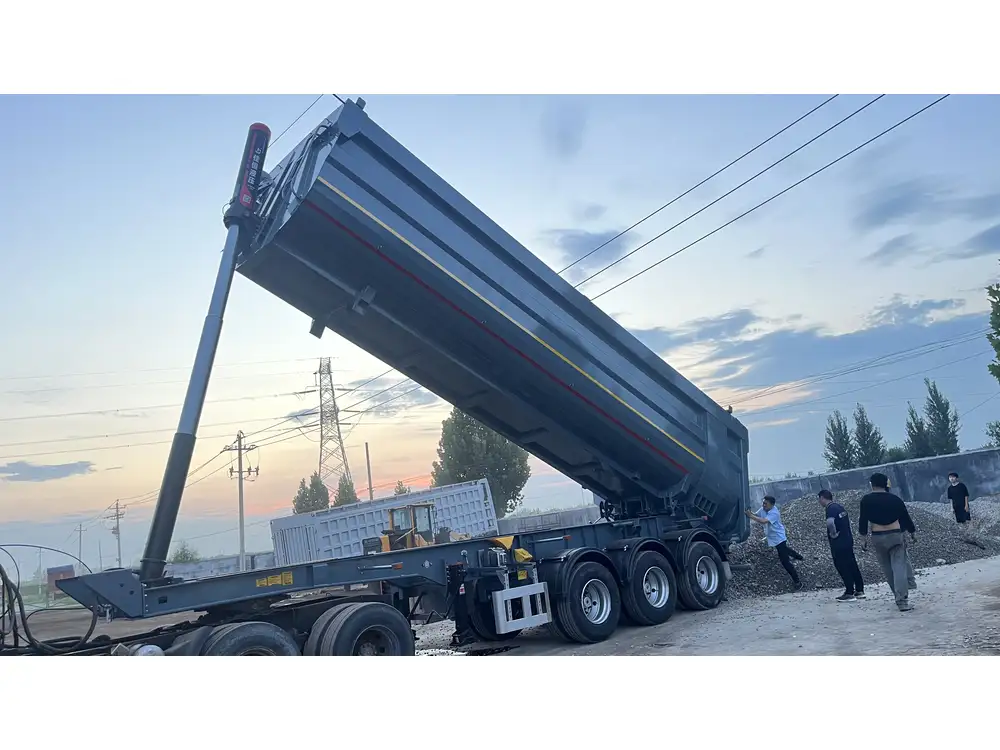
Enhancing Trailer Visibility
Visibility while transporting cargo is paramount. Enhanced visibility reduces accident risks.
1. Utilize Proper Lighting
Install additional lighting where necessary:
- Marker Lights: Indicate the width of the trailer.
- Tail Lights: Ensure they are functional and brightly illuminated.
2. Use of Reflectors
Place reflectors strategically on the trailer to ensure visibility in low-light conditions. Color coding can enhance visibility during daytime and nighttime.
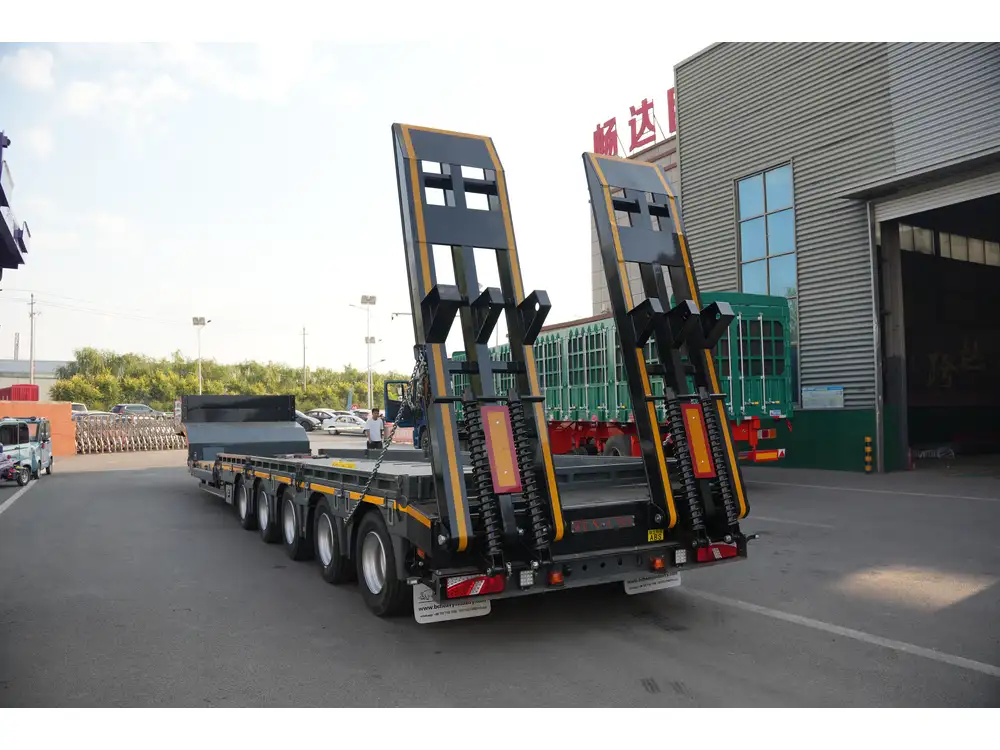
Conclusion
Equipping a flatbed trailer involves a thoughtful approach to safety, efficiency, and compliance. By selecting the right accessories, understanding weight distribution, implementing proper loading techniques, maintaining the trailer with regular checks, and adhering to necessary regulations, you can optimize the use of your flatbed trailer. This comprehensive guide serves as a definitive resource, empowering you to enhance your trailer’s operational capacity, ensure safety, and ultimately drive productivity in your hauling operations.
Careful attention to these elements can drastically improve your flatbed trailer’s functionality and longevity while ensuring that all operations proceed smoothly, safely, and within the bounds of the law.



